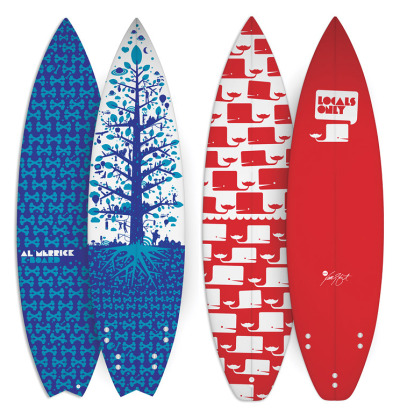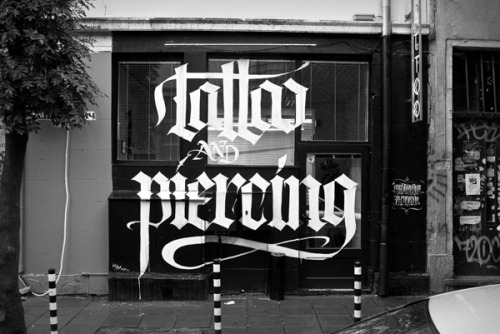In today’s studio briefing we discussed
‘What is higher education?’ we talked about things such as the definition of words
associated with education such as ‘teach’ and ‘education’. Moreover, we also
learned about different learning techniques and feedback methods.
After the lecture we were split
into our blog groups ready for exercise. We initially were asked compose a list
of things we would like feedback on, we had to consider how much work we have
done so far, and if it is already assessed regularly.
What I want feedback on;
1. Research
– Is there enough? Is it annotated?
2. The
tone of voice used while writing on my blog.
3. Standard
of work
4. Time
management
5. Quantity
of work
Then as a group we compiled a
list of common things we wanted feedback on. We composed the list on a sheet
and added evidence of what could be assessed for feedback.
1. Blog
2. Annotation
3. Work
4. Research
5. Amount
of work
6. Whether
blog is labelled appropriately
7. Use of
media
8. What
level
9. Essay
Evidence
1.
Our blog
2.
Written work
3.
Experimentation/development
Next, as a class we pooled our
ideas together to form a list of refined ideas.
Group list;
1. Use
of blog - Content
Tagging
Organisation
Quantity
Quality (Text & Image)
2. Assessment
Criteria
3. Time
management
4. Academic/Writing
skill
5. Critical
evaluation
6. Quality
of work
7. Design
decisions
8. Understanding
of design principles
9. Individual
improvement
10. Appropriate
responses
From this refined class list we had
to write questions, these would later be used to assess the members of my groups’
blogs. We also had to make a note of how we would check if they had achieved
the question.
1. Has
there been an effective use of time management? (Check times and dates of blog
posts)
2. Is
the content labelled correctly and clearly? (Check blog titles and content)
3. Is
there a good balance of annotation and image? (Check blogs)
4. Has
all work been posted in the correct place? (Look through briefs and blog
content)
5. Is
the blog up to date with work? (Look at briefs and compare to work posted on the
blog)
6. Are
design decisions evidenced? (Read through Design context and design practice)
7. Is
the writing style formal or informal? (Check vocabulary used)
8. Are
all images linked? (Check images for reference)
9. Are
all the posts in order? (Check dates of posts compared to briefs)
10. Are
all blogs linked to the homepage? (Check if links work)
We then had to
select five questions that we would then be evaluated on. These have been
posted as individual posts on my PPP blog.





































